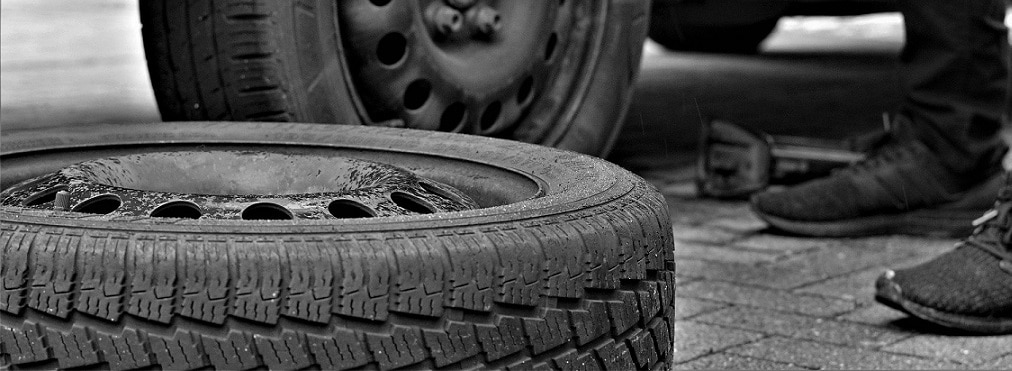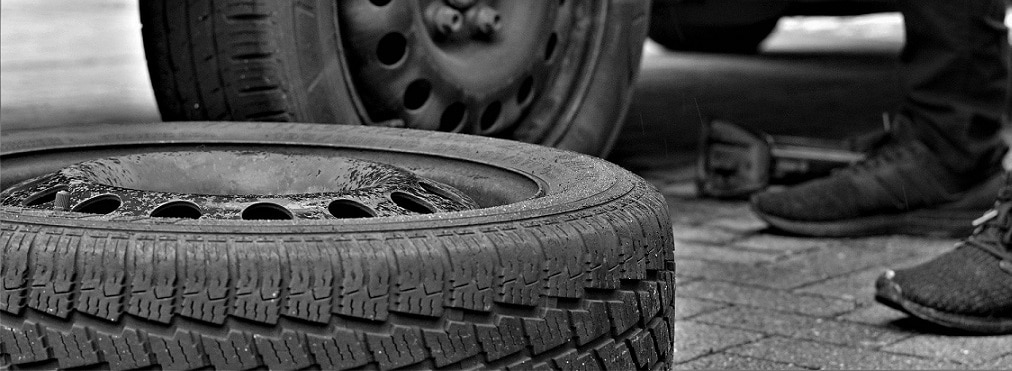Do I Need an Alignment?

If you're wondering whether you’ll need an alignment for your car, first observe the tires. Lopsided tire wear is something where the external parts of some tires wear more, which is an excellent pointer that your car needs an alignment. The following are some more indicators: Even if you are driving straight, it seems that your car drifts sideways. There is a vibration that you can feel in the steering (wheel). Your steering wheel isn’t centered, even though you drive in a straight direction. If it's been some time since you have completed an alignment, look at your owner’s manual to find out how frequently the producer recommends a service. A misaligned vehicle is a typical result of driving daily. It doesn’t generally allude to your car's wheels but instead to its suspension part. As a typical driving feature, your car’s suspension parts might get worn, and there can be stretches in the springs. Indeed, even some very minor mishap or knocking a bumper might misalign/cause disturbance to the suspension, causing your wheels to sit at ill-advised angles. With an alignment, the angles are restored to an appropriate measurement, which ensures that the wheels are fixed in a straight direction. The best benefit that an alignment can offer you is the lesser wearing of tires, it will uniformly happen on an appropriately adjusted suspension. The vehicle tires are quite costly, easily 100 USD or more for each. It will take around 50 to 100 USD for alignment, making it a reasonable method, which is very much essential for your car's regular maintenance.
The Alignment Process
Car alignment is a detailed process through which your car's suspension is brought into its proper arrangement, positioning, and adjusting components so that wheels are lined up with each other and the street surface. The alignment should be performed by an accomplished repairman, who uses an alignment machine. More current alignment machines include clamp like devices connected to the wheels of the car and connect to a PC that helps make precise measurements. The technician will also accept this chance to ensure that none of the suspension components are worn excessively. Every car maker has standard angles designated for the alignment, where degrees are specified. If you drive an elite car or sports car, your technician might have the option to adjust your suspension to improve taking care of and tire execution, yet such an alignment still may prompt lopsided tire wear. The sort of alignment you get will rely upon the suspension of your car. An alignment for four-wheel is reserved for AWD(All-Wheel-Drive) vehicles or front-wheel drive (FWD) vehicles with autonomous or adjustable back suspensions. In this case, the two axles must be appropriately adjusted so that each of the four wheels adjusts in a square shape, corresponding to each other and opposite to the ground. If your car doesn’t have an AWD or FWD, your car will probably just require a front-end alignment, where just the front-hub components are adjusted, or a thrust-point alignment. Thrust edge refers to the edge that a car's back wheels guide relative toward the car's inside. In such an alignment, the back wheels and hub are realigned to correspond with the front pivot and opposite to the car's middle line.
Conclusion
Once you are done with the alignment, take a printout of it - which numerous mechanics presently give - that shows images before and after the alignment for suspension.
